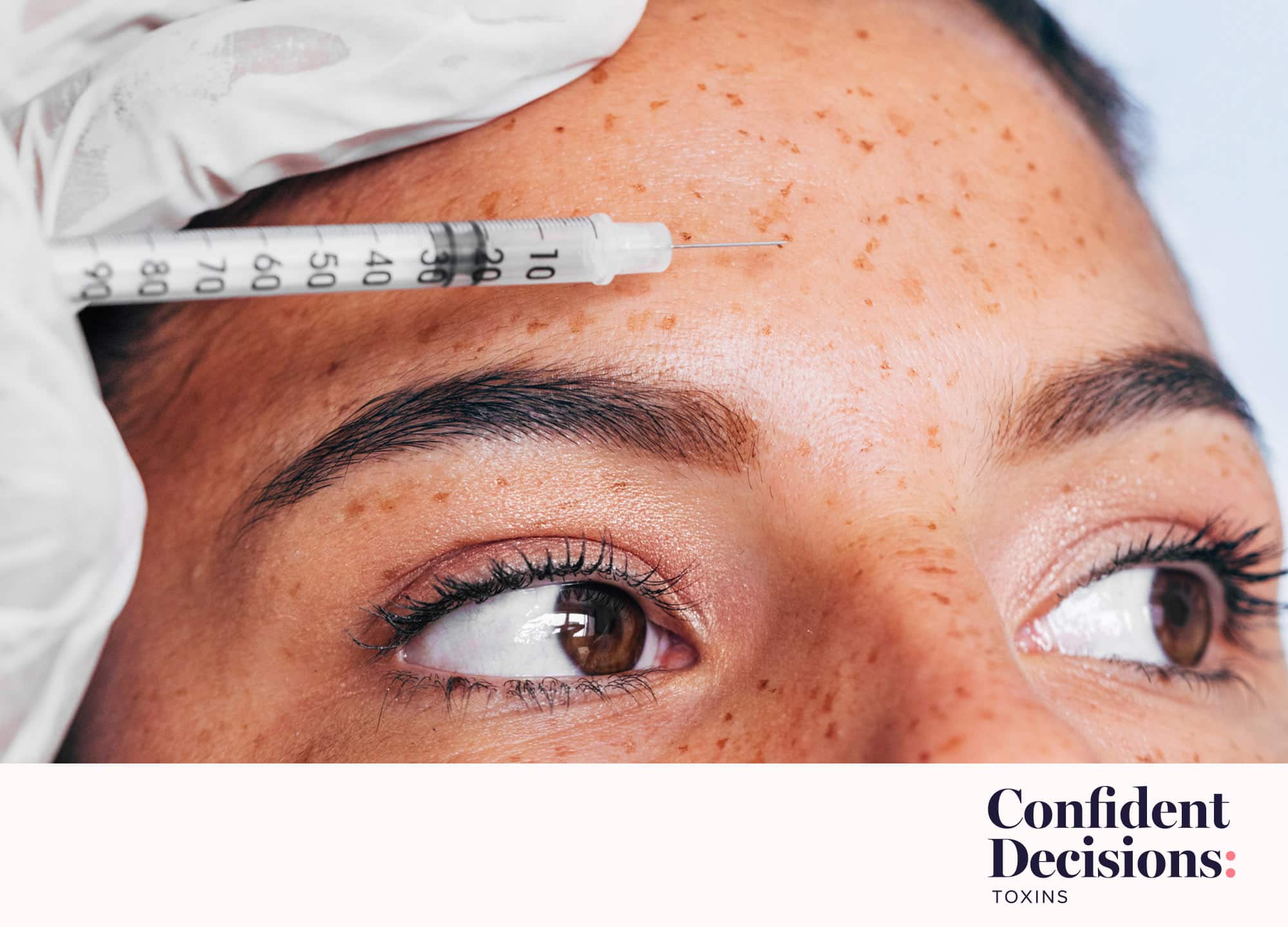Gwyneth Paltrow’s latest beauty recommendation isn’t jade eggs or vaginal steams but something even more unexpected. Last month, she became the global face of Xeomin (pronounced zee-o-min), an injectable wrinkle reducer that she calls a “uniquely purified” toxin. Coming from the Goop founder—who’s famous for her controversial wellness advice—the campaign has some people wondering if Xeomin actually does offer a cleaner, purer way to treat frown lines.
“Gwyneth has a lot of celebrity,” says Dr. Jason Bloom, a double board-certified facial plastic surgeon in Philadelphia. “Her Goop line is clean and pure, and people who believe in that are coming in and asking for Xeomin. Some of my patients say they prefer a purified neurotoxin without any additional proteins.”
He—and Gwyneth—are referring to complexing proteins, or the non-active proteins that surround the active ingredient, botulinum toxin type A, in injectable toxins such as Botox, Jeuveau, and Dysport. While the role these proteins play is somewhat unclear, they’re thought to aid in the delivery and stability of the toxin. “Think of complexing proteins as a carrying mechanism, like a cell phone case with a loop, ring, or lanyard that you put on your cell phone,” says Dr. Heidi Waldorf, a board-certified dermatologist in Nanuet, New York. “The complexing proteins don’t necessarily surround the botulinum toxin molecule but attach to it.”
Xeomin, however, is more akin to slipping an unadorned iPhone into your back pocket—a “naked” form of the toxin. “There are different proteins around the [botulinum toxin] molecule in Botox and Dysport,” says Dr. Bloom, “but there are no additional proteins around the molecule in Xeomin.” This stripped-down formulation is simpler, but the absence of complexing proteins may not matter in practical terms, as those in other toxins don’t hang around that long in the first place. “Within seconds after adding saline to reconstitute [Botox], the proteins around it dissociate anyway,” Dr. Bloom says.
Even so, there’s a theory that Xeomin’s absence of these proteins keeps the body from forming antibodies to it, simply by giving the body less to potentially react to. In turn, that would make it less likely to lead to drug resistance over time—a relevant concern, given how many twentysomethings begin using toxins years before their first wrinkles set in. “Theoretically, you could get antibodies to Botox or Dysport,” says Dr. Bloom. “There are cases of patients who’ve been getting Botox for 10 years and find that it’s not lasting as long.” In those cases, he says, switching to a different brand may make a difference.
But, doctors say, resistance is rare. “I’ve treated thousands of patients with different toxins, and I have one patient who doesn’t respond at all,” says Dr. Sarmela Sunder, a double board-certified facial plastic surgeon in Beverly Hills, California. However, she explains, this patient had been using an earlier version of Botox—which contained five times the complexing proteins of today’s formula—before it was approved for cosmetic uses in 2002. “That cohort of patients who received those initial versions of Botox have a higher degree of developing antibodies and becoming resistant to it,” she says. “[Among others,] it’s exceedingly rare.”
Related: Botox, Dysport, Xeomin, or Jeuveau: What’s the Difference?
Fortunately, whether you’re considering Xeomin or one of its competitors, all these drugs have been evaluated to ensure safety. Dr. Waldorf notes that all FDA-approved botulinum toxins are prepared under strict conditions. “Patients should feel reassured that if their physician is buying an FDA-approved botulinum directly from the manufacturer or official distributor in the USA, it follows safety and sterility guidelines,” she says. And from a results standpoint, though the units required may differ from one brand to another, “a toxin is a toxin,” according to Dr. Sunder. “Not having complexing proteins doesn’t make Xeomin better,” she says. Indeed, a 2019 study found that complexing proteins do not affect the stability or efficacy of the formulation.
So is Xeomin the right choice for you? Only you and your doctor can decide. “In my practice, a toxin without complexing proteins … is particularly attractive to patients who have multiple or unusual allergies, autoimmune disorders, or, simply, a complicated medical history,” Dr. Waldorf says. It may also appeal to a select set of pro-toxin vegans and clean-lifestyle enthusiasts, since Xeomin is the only toxin that doesn’t contain human serum albumin. For others, the results will speak for themselves. “I do have patients who feel one botulinum toxin works better than the other for them, but those are individual preferences,” she adds.
Whether you prefer your toxin with proteins or not, one thing is certain: the growing interest in clean beauty formulations, not to mention the power of celebrity, means the buzz on Xeomin is growing. Merz Aesthetics, the parent company, is keeping mum on exact figures, but a representative reports that Xeomin is now the fastest-growing neurotoxin in the U.S. medical aesthetics market.











